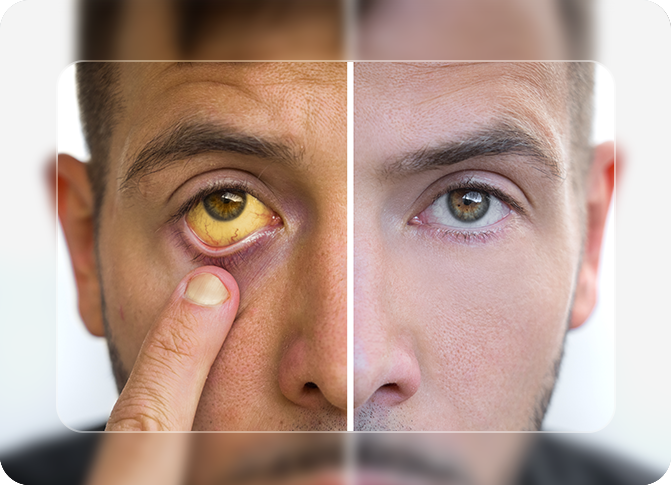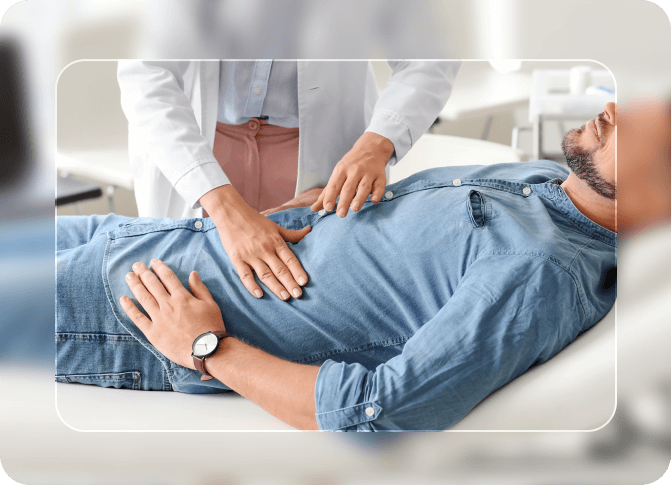How Is Jaundice Diagnosed?
Physical Examination and Medical History: The doctor will take a complete medical history and perform a thorough physical exam to check for any signs and symptoms of disease.
Liver Function Test (LFT): A complete liver profile can be measured in a patient’s blood. A bilirubin test is included in LFT to measure the bilirubin level in the patient’s blood. A higher amount of bilirubin indicates jaundice.
Full Blood Count or FBC Test: This can be used to distinguish between some of the causes of jaundice, such as haemolytic jaundice.
What Are the Treatments for Jaundice?
Medications: The doctor may suggest medications to treat the causes of jaundice and associated symptoms. For example, antiviral therapy for hepatitis and medication to treat cholestasis may be prescribed.
Phototherapy or Light Therapy: In Infants, jaundice is treated by placing the babies under a special blue-green lighting environment to change the structure and shape of bilirubin molecules so they can be easily excreted through stool and urine.
Lifestyle Changes: Alcohol cessation and discontinuation of certain drugs may lessen jaundice.
Endoscopic Procedures: Gallstones and bile duct stones are amongst the more common causes of acute jaundice in adults in Singapore. The presence of gallstones or bile duct stones is confirmed with ultrasound or CT imaging. Stones in the bile duct can be removed by endoscopy, avoiding the need for open surgery.
Laparoscopic Procedures: Gallstone disease causing jaundice will require gallbladder surgery. This is best done by laparoscopic “keyhole” surgery, avoiding the need for open surgery. With new developments in surgical technology, we can also perform major liver and pancreatic surgery with laparoscopic surgery, avoiding large abdominal scars.
Find out more about the treatment options for jaundice; make an appointment with us today!







